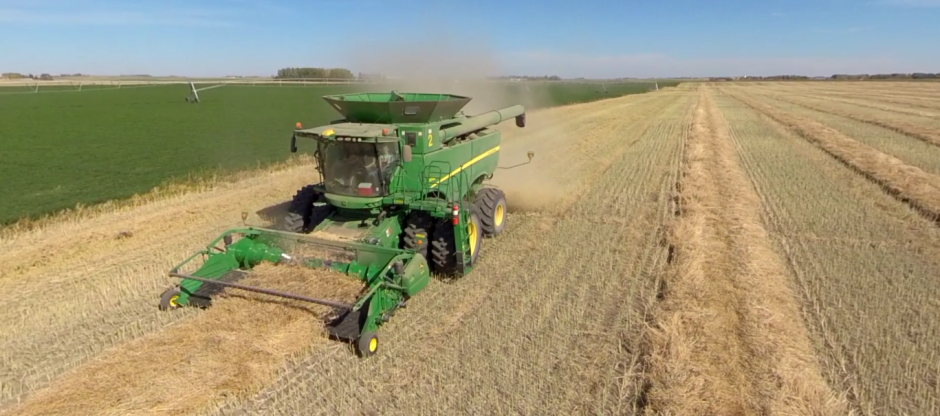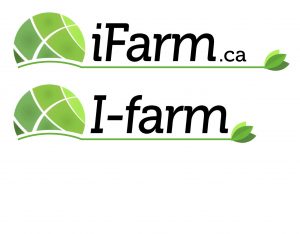In contrast to increasing commodity program payments, the largest decline in payments relative to 2014 is expected in the Supplemental and Ad Hoc Disaster Assistance category, down $3.1 billion to $1.7 billion in 2015. The decrease primarily reflects a drop in payments from the Livestock Forage Disaster Program (LFP). In 2015, payments under the LFP are expected to decline significantly from 2014’s all-time high, which reflect delayed (since 2011) obligations collectively paid in 2014. This decline in ad hoc assistance is forecast to be partially offset by indemnity payments under an Animal and Plant Health Inspection Service (APHIS) program for losses from Highly Pathogenic Avian Influenza, or “bird flu,” affecting U.S. poultry operations in 2015.
Declines in other government payment categories in 2015 reflect the phasing out of previous farm bill programs—including the Average Crop Revenue Election (ACRE) program, the Direct and Counter-Cyclical Payment (DCP) program, and the Tobacco Buyout—and completion of the 2014 Farm Bill’s transitory program for upland cotton (CTAP).
The November 2015 forecast for U.S. government payments declined by $586 million (5 percent) from the 2015 forecast issued in August. The major reason was an even larger decline in the forecast for ARC payments since the August forecast. Chart data Download higher resolution chart (2085 pixels by 1667 pixels, 300 dpi) Production Expenses Forecast To Decline for the First Time in Since 2009
Year-over-year reductions in farm production expenses are infrequent. However, in 2015, for the first time since 2009 and for the third time since 2000, total farm production expenses are forecast to fall. The $7.7 billion decline, about 2 percent, follows a period of rapid increases in production expenses, on average, of over 9 percent annually (in nominal terms) from 2010 to 2014. Despite the decline in 2015, production expenses are still projected to be high by historic standards, behind only 2014 in both real and nominal terms. The drop in expenses alleviates, but does not completely offset, the effect of the drop in cash receipts, leading to tighter margins.
Government Farm Program Payments Forecast To Increase in 2015
U.S. government farm program payments to the farm sector are forecast to rise 10.4 percent from 2014 levels to $10.8 billion (see table on government payments). New commodity-based programs introduced as part of the 2014 farm bill and implemented for the first time in 2015—such as the Price Loss Coverage (PLC) and Agricultural Risk Coverage (ARC) programs—are now the largest source of government payments to the farm sector. ARC is a revenue-based compensation system where payments are triggered when revenues fall below the ARC guarantee for the covered commodity. Payments on corn base acres are expected to account for over 80 percent of all 2015 ARC program payments. PLC payment levels depend only on the level of covered commodity prices relative to a reference price. PLC payments in 2015 are expected to go mainly to long-grain rice, peanuts, and canola base acres. Forecast increases in marketing loan gain and loan deficiency payments relative to 2014 reflect declining peanut and upland cotton prices in 2015, while increased payments for the Milk Income Loss Contract (MILC) and Margin Protection Program reflect declining milk prices. Increases in conservation spending reflect increases in Natural Resources Conservation Service (NRCS) financial assistance.
In contrast to increasing commodity program payments, the largest decline in payments relative to 2014 is expected in the Supplemental and Ad Hoc Disaster Assistance category, down $3.1 billion to $1.7 billion in 2015. The decrease primarily reflects a drop in payments from the Livestock Forage Disaster Program (LFP). In 2015, payments under the LFP are expected to decline significantly from 2014’s all-time high, which reflect delayed (since 2011) obligations collectively paid in 2014. This decline in ad hoc assistance is forecast to be partially offset by indemnity payments under an Animal and Plant Health Inspection Service (APHIS) program for losses from Highly Pathogenic Avian Influenza, or “bird flu,” affecting U.S. poultry operations in 2015.
Declines in other government payment categories in 2015 reflect the phasing out of previous farm bill programs—including the Average Crop Revenue Election (ACRE) program, the Direct and Counter-Cyclical Payment (DCP) program, and the Tobacco Buyout—and completion of the 2014 Farm Bill’s transitory program for upland cotton (CTAP).


